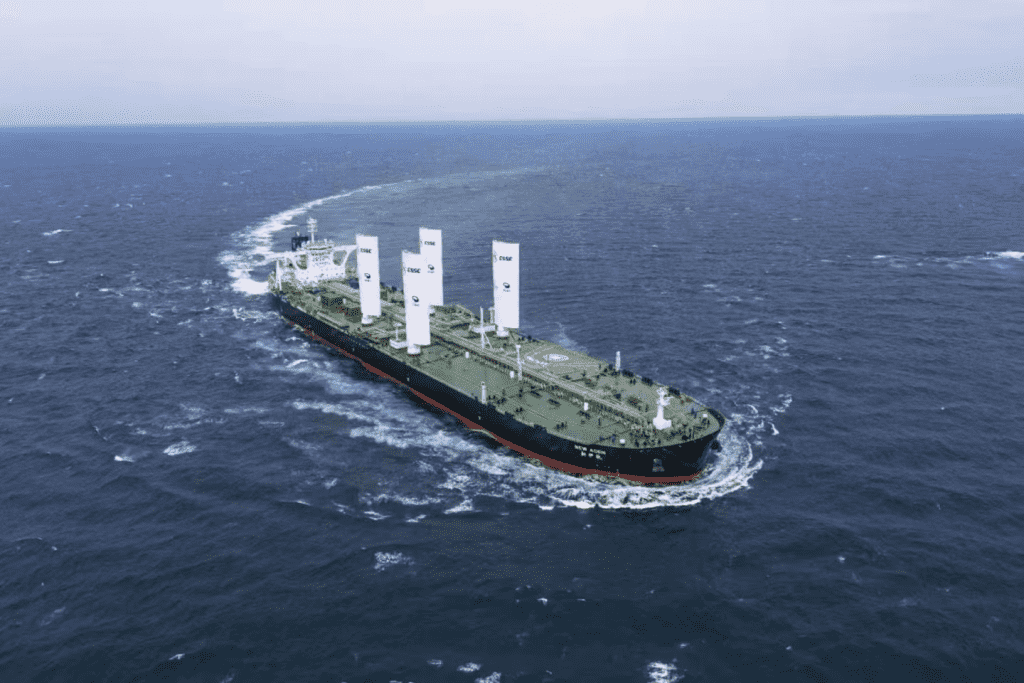Just like air travel, the maritime industry is also one of the major contributors of carbon emissions to the environment. According to recent statistics, around 1.7% of the total carbon dioxide emissions have been contributed by the shipping industry. However, the China Merchant Energy Shipping Company (CMES)has decided to revive the use of huge sails on the large decks of ships in order to reduce carbon emissions and has recently received an order for a supertanker incorporated with four sails, which will help to diminish the average fuel consumption by about 10%.

Sails have been proven a valuable source in minimizing the use of carbon emissions for decades, and a lot of companies have been making efforts to bring them back with some improvements. However, the concept of a 100% sail-powered cargo ship has been brought forward by Ireland’s B9 Shipping company in 2012 with some serious measures, but unfortunately, due to some constraints, the progress on the subject matter was halted. Above all, this futuristic super-tanker christened “New Aden” has been revealed by China’s Dalian Shipbuilding Industry Co (DSIC) on September 24 and comes with a sophisticated “wind power system.”

The super-tanker is 333 meters long and is equipped with “four retractable sails” that stand at 130 ft tall. The sails have been positioned in the middle of the deck and have the capability to “reduce average fuel consumption by more than 9.8%”. Not only that, the super-tanker with the sails can preserve up to 2,900 tons of carbon dioxide emissions per trip, and that is more than enough to make an impact on the environment. Moreover, to achieve better efficiency through the sails, they have been constantly supervised through the use of an “Aerofoil Sails Intelligent Control system” that helps the system understand the current weather parameters and the wind directions.

To that end, the sails have been tilted in the most efficient wind direction through which they can lower the impact of carbon emissions. Thus, sailing ships can substantially mitigate the impact of carbon dioxide on the environment, and hence the technology works towards achieving a sustainable green environment.


